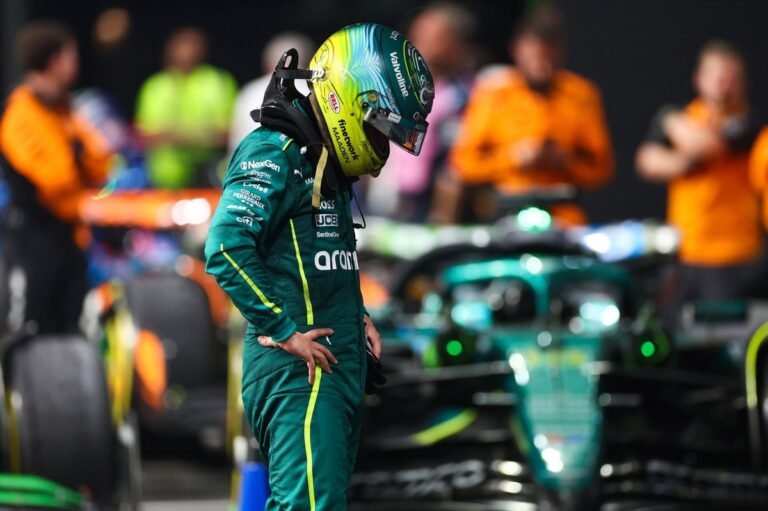Aston Martin’s Struggles: A Closer Look at the AMR25 Performance
As the 2025 Formula 1 season unfolds, Aston Martin’s trajectory has sharply contrasted with its promising start in 2023. After achieving four podium finishes within the first five races last season, the British team has managed only ten points so far in 2025, emerging as the least improved team on the grid.
In an analysis of relative performance, Aston Martin has shown a meager improvement of just 0.25 seconds per lap compared to its 2024 pace. In contrast, teams like Red Bull have made significant strides, closing the gap at nearly 0.6 seconds. Track conditions and resurfacing in China and Japan have influenced overall lap times, but Aston Martin has consistently lagged, failing to surpass its previous year’s times—particularly highlighted by its performance in Saudi Arabia.
Efforts to enhance the car’s dynamics with the AMR25 have not paid off. Originally, the AMR23’s strengths lay in low-speed corners, prompting a redesign aimed at addressing straight-line performance and faster corner capabilities. However, the adjustments resulted in an overly sensitive car, complicating drives.
Fernando Alonso commented on the car’s inadequacies, noting, "The slow-speed corners were probably our weakest part of the track." Despite a new aerodynamic configuration, these ongoing challenges suggest that the AMR25 has not fully realized its redesigned objectives.
The situation is compounded by technical hurdles. Aston Martin has oscillated between different floor designs throughout the season without finding a definitive solution to balance downforce and drivability. Current configurations are not sufficient to maintain competitiveness against faster rivals.
Andy Cowell, Aston Martin’s team principal, acknowledged the potential for improvement: "Can we get more out of the car? Yes, I think we can. Is it enough to win races? No, but there are areas to push forward." The team’s new wind tunnel, which became operational during the Australian Grand Prix, is expected to assist in future developments, albeit with an eye toward the 2026 season.
As Aston Martin works through this turbulent phase, the absence of Adrian Newey’s direct involvement in developing the AMR25 poses additional challenges. Nonetheless, his expertise will be instrumental in enhancing the capabilities of the team’s new tools and facilities.
In summary, while Aston Martin navigates through significant challenges in 2025, the groundwork for recovery and future competitiveness is being laid. The focus now shifts to how effectively the team can leverage its new resources and insights to reclaim its position among the front-runners in Formula 1.



